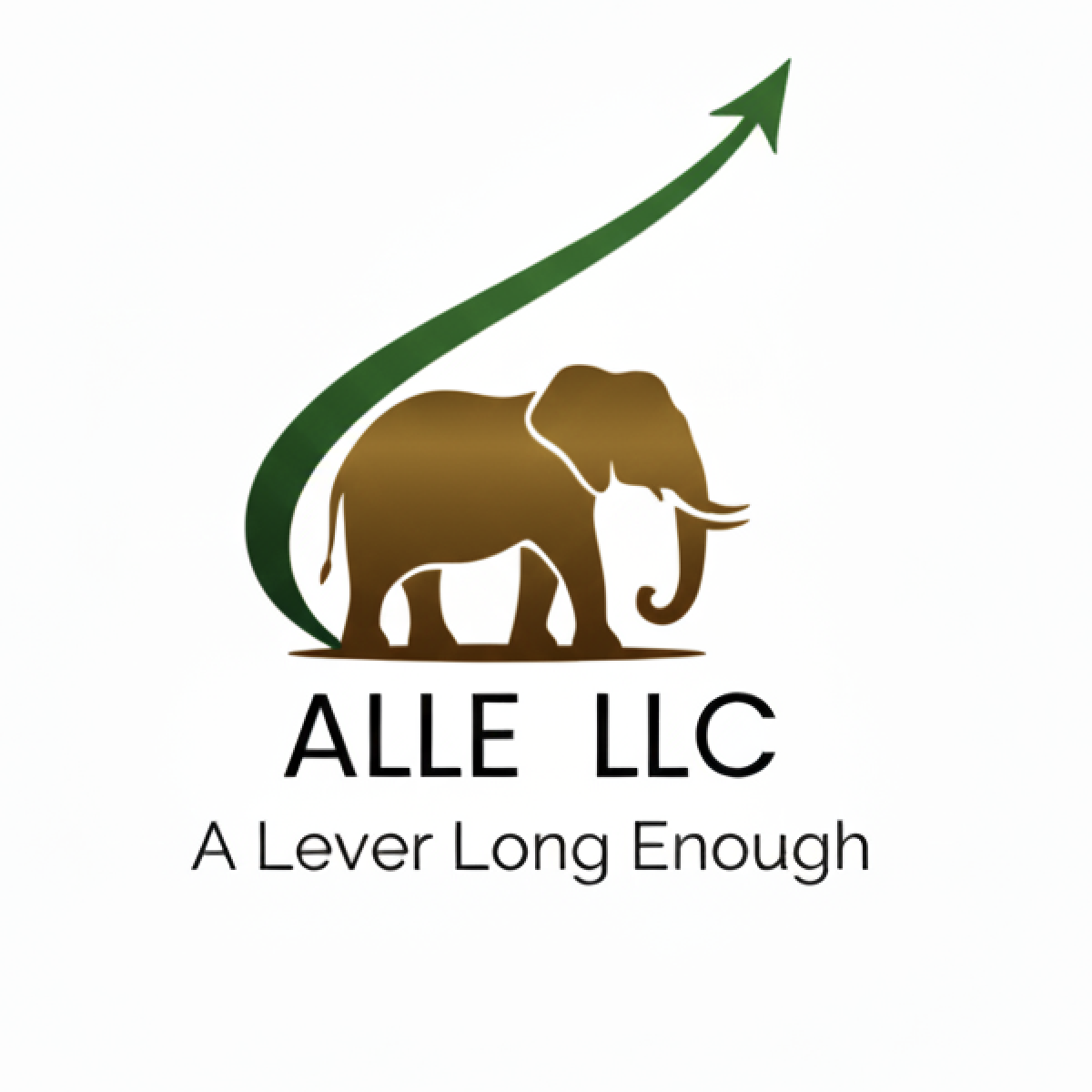Advance your organization
Our Promise - Science Based, Learning Conversations, Delivered with Compassion
Where others promise performance and resilience,
I promise you will feel seen, safe, and heard.
Where others motivate I help you regulate.
Where others push, I invite.
Write your awesome label here.
Character Strengths
Using What’s Strong to Do What Matters
Write your awesome label here.
Science of Hope:
When Hope Is a Strategy
Write your awesome label here.
Courage Science
You Are Already More Courageous Than You Think
Write your awesome label here.
Curiosity:
Why It Killed the Cat—but Doesn’t Have to Kill You
Write your awesome label here.
Ethics & Self Regulation:
Whole-Person–Informed Decisions
Write your awesome label here.
Cool, Calm & Collected
What I Learned From Bar Prep That You Might Want to Know Too! (Limited Time Only)
Write your awesome label here.

